THE CLASSIC HORROR FILM
By Jeffrey-Baptiste Tarlofsky
By Jeffrey-Baptiste Tarlofsky
Lesson 6 consists of five sections.
In each section, (1) first watch the video lecture, (2) next read the transcript of the lecture (3), then watch the film excerpt. Repeat for each section. For example, in section 2, watch video lecture part 2, next read the transcript for video lecture part 2, then watch film excerpt #2.
レッスン6は5つのセクションから構成されています。各セッションでは、以下の順番で授業を受けてください。
(1) ビデオレクチャー(動画)を見てください。(2) レクチャーのテキストを読んでください。(3) 動画(映画の抜粋)を見てください。各セクションで上記のステップ(1)から(3)を繰り返してください。
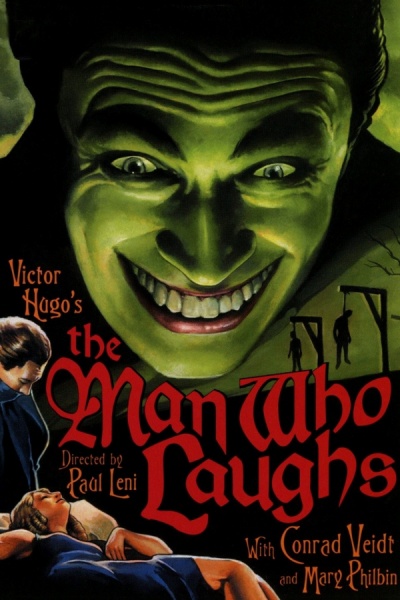
Directed by Paul Leni
Produced by Carl Laemmle
Screenplay by: J. Grubb Alexander
Based on The Novel by Victor Hugo
Starring: Conrad Veidt and Mary Philbin
Distributed by: Universal Pictures
Running time: 110 minutes
Part 1 – In my last lesson I said that we were getting closer and closer to the first film to be called a “Horror film”, but we still have a way to go before we get there. You can think of this as a kind of puzzle or riddle or even a mystery. It’s fun putting the pieces together. One of the most important pieces is The Man Who Laughs. This was the third of Universal’s “human tragedies” following The Hunchback of Notre Dame and The Phantom of The Opera both of which were hugely profitable for Universal. You are now going to take a look at the first part of a documentary film about the making of The Man Who Laughs. Unfortunately, this film does not have Japanese subtitles so I am going to ask you to challenge yourself and try to understand as much of the English as you can.
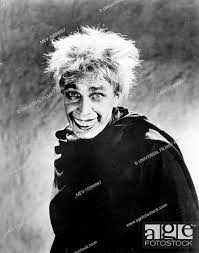 There are four things that are going to help you to understand the English. First, you are not just listening, you are watching the things the film talks about so you will understand a great deal just by watching. Second, a lot of what is being said is review. I have already explained many of the things that the documentary will discuss. Third, you can always watch it again. I hope you are doing this with all the excerpts and lectures. This is what makes Asynchronous On Line classes (that means recorded lectures like these) so powerful. You can go back again and again to the same lesson any time you want and you can choose what part of the lesson you want to review. Fourth, after you watch the documentary, I am going to explain the difficult parts in the lectures that follow. So, part of what you should be learning about in this lesson is…how to learn. By the way, if you can think of a fifth or sixth way to understand the documentary that’s great. Part of learning how to learn is coming up with your own strategies for learning. There isn’t a right way or a wrong way to learn. There is only a right way for you and a wrong way for you.
There are four things that are going to help you to understand the English. First, you are not just listening, you are watching the things the film talks about so you will understand a great deal just by watching. Second, a lot of what is being said is review. I have already explained many of the things that the documentary will discuss. Third, you can always watch it again. I hope you are doing this with all the excerpts and lectures. This is what makes Asynchronous On Line classes (that means recorded lectures like these) so powerful. You can go back again and again to the same lesson any time you want and you can choose what part of the lesson you want to review. Fourth, after you watch the documentary, I am going to explain the difficult parts in the lectures that follow. So, part of what you should be learning about in this lesson is…how to learn. By the way, if you can think of a fifth or sixth way to understand the documentary that’s great. Part of learning how to learn is coming up with your own strategies for learning. There isn’t a right way or a wrong way to learn. There is only a right way for you and a wrong way for you.
Now, please take a look at excerpt #1 from the documentary film, The Story Behind The Man Who Laughs.
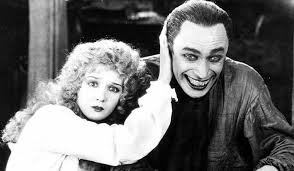
Part 2 – As I said, much of this is review. We know all about The Hunchback of Notre Dame and The Phantom of The Opera as well as Lon Chaney. One interesting new thing we learn about the story of The Man Who Laughs is that the woman Gwynplaine loves is the blind girl, Dea (played by none other than Mary Philbin who had been Christine in the Phantom of The Opera ).
Can you imagine what role her blindness plays in the story? Think about this and write down your thoughts in your notes before you go on to the next excerpt.
Part 3 – The documentary also goes over what I have already told you about how Carl Laemmle solved the problem of not having Lon Chaney as the star of the film by hiring the great German Expressionist, Paul Leni to direct. Leni, in turn, brought on Conrad Veidt as Gwynplaine. This changed the film from being a vehicle for Lon Chaney to a very different sort of film.
In The Hunchback of Notre Dame Quasimodo loved Esmerelda but she loved the handsome Knight who had rescued her, while in The Phantom of The Opera Christine already loved the handsome Raul and she regarded Erik with loathing and revulsion once she saw his face. But, in The Man Who Laughs, the love triangle is between two women, the blind Dea and the wicked Duchess Josiana, and the “monster” Gwynplaine.

The Man Who Laughs really explored some taboo subjects such as the fact that Duchess Josiana is not repulsed by Gwynplaine’s mutilation, she is sexually attracted to it. That is disturbing even by our standards today, but if there is one thing we know about sexual attraction, it is that it takes many and varied forms. But in 1928 that attraction was supposed to reveal that Josiana was a cruel and wicked character in contrast to the good and pure Dea. We know that Dea’s love for Gwynplaine is “pure” because when he at last allows her to touch his face she says “God closed my eyes so I could see the real Gwynplaine!” That was a message Tod Browning could have embraced, the idea that one should judge someone not by how they look, but by the content of their heart. But is this a message the audience will understand and accept?
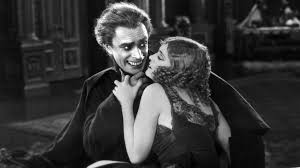
The Man Who Laughs was almost as expensive to produce as either The Hunchback of Notre Dame or The Phantom of The Opera and the film had been delayed almost a full year while Carl Laemmle hired and tested Paul Leni as a director. A great deal depended on the success of the film because Universal had not been doing well since Irving Thalberg and Lon Chaney left the studio for M.G.M. Universal could not afford for the film to fail, and yet, that is exactly what happened. The Man Who Laughs was a box office failure. It is unclear how much money the film actually lost, but by 1928 Universal was in enough difficulty so that not having a huge success was actually a disaster. Both the earlier films had cost a great deal of time and money, but had returned handsome profits. This time The Man Who Laughs had taken up the studios time and money and lost money. It left them in a very bad position. Ironically, the much less expensively made and less carefully made and frankly poorly conceived film London After Midnight made a handsome profit for M.G.M. It must have been a bitter blow to Carl Laemmle to watch his old employees Irving Thalberg and Lon Chaney make money with a movie that almost any critic today would consider vastly inferior to The Man Who Laughs. What went wrong?
When a film loses money, it is often because it cost too much. Irving Thalberg had become famous in Hollywood for firing one of the greatest directors Universal ever had, a man named Erich Von Stroheim, for spending too much money to make one of his films. But in the case of The Man Who Laughs Paul Leni kept to his budget. So, there was no problem that way. There was no one single problem that caused The Man Who Laughs to fail. It was a combination of many things. In addition to the strange sexual desires of Duchess Josiana putting off the more conservative members of the audience, the ending in which Gwynplaine and Dea escape together and find happiness did not fulfill the audiences strong desire for tragedy which The Hunchback of Notre Dame and The Phantom of The Opera both provided. Chaney had sensed this when he insisted on Erik dying at the end of Phantom of the Opera instead of following the original story in the novel.
Paul Leni did the exact opposite. He changed Hugo’s original tragic ending to a happy ending. American audiences usually preferred happy endings, except in horror films.
Then there was the technical problem.
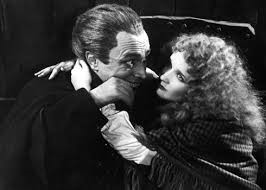
Part 4 – There it is. The Man Who Laughs was made at exactly that point in Hollywood history when studios were switching over to sound. The documentary does not make it clear how important this transition was. The change from silent film to sound film was the single biggest change ever to occur in Hollywood history. It quite literally changed what film was.
Just consider the acting styles we have looked at whether it is Lon Chaney slowly closing his fist as Erik realizes he has been betrayed by Christine or Conrad Veidt’s mad staring eyes as Ivan the terrible. None of that will remain after sound comes to film. Sound ended the careers of hundreds of actors in Hollywood who simply could not make the transition to new acting styles. Some of them simply did not have good voices for sound. Moreover, the economics of the transition also took their toll. Small studios could not afford the costs involved in transitioning to sound. They would struggle on for a few years, but more than half of the studios in Hollywood went out of business at this time. Universal wanted to release the film in 1927, but because the other studios were already changing over to sound at the end of 1927, Universal delayed the release of the film until April of 1928 while they desperately tried to work out a technical solution. The documentary does not tell us that the resulting compromise, a film with no dialogue, but music and sounds effects, seemed clumsy and strange to audiences.
But the single thing that contributed to the failure of The Man Who Laughs more than anything else was Lon Chaney…because he wasn’t in it. Chaney was so popular by 1927 that audiences went to movies just to see him and they really didn’t care whether the movie was any good or not. This is what is called “star power”. It is why London After Midnight made a great deal of money for M.G.M. while The Man Who Laughs lost money for Universal. This seems especially unfair because Conrad Veidt was probably the one actor in the world who could portray the kind of deformed tragic characters Chaney made famous in The Hunchback of Notre Dame and The Phantom of The Opera. Veidt’s Gwynplaine is surely as great a performance as Chaney’s Quasimodo or Erik. But audiences didn’t know who Conrad Veidt was, so they didn’t go see The Man Who Laughs. So, the film lost money and failed at the box office.
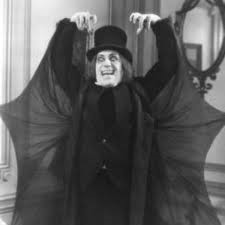
Image 6 – Lon Chaney in, London After Midnight
Part 5 – The Man Who Laughs would significantly influence the Universal horror films of the 1930s, but oddly it would also have a significant impact on the newly emerging medium of comic books. In 1939 the character Batman first appeared in Detective Comics #27 and in April 1940 a new Comic Book called Batman was released featuring Batman’s enemy, The Joker. The Joker’s physical appearance was obviously based on Conrad Veidt’s Gwynplaine.
…but, interestingly, the monstrous nature of his personality is very close to a character Lon Chaney played all the way back in 1919 in a film called The Penalty. In that film Chaney’s character, The Blizzard, is an evil master mind of the criminal underworld suffering from a physical disability (he lost both his legs in childhood accident). Like the Joker, the Blizzard is no ordinary criminal motivated by greed He is a psychopath bent on bringing chaos to the world and pain to his victims.
Despite looking almost identical to Gwynplaine, the Joker, has exactly the opposite personality to that fundamentally good character. The Joker is evil. His image has changed over the years as he has been played by different actors, but there is always that hideous deformed grin and he isalways, always an agent of chaos.
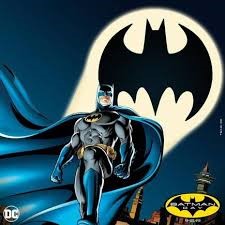
Image 7 – Batman
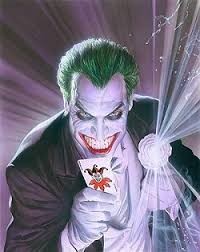
Image 8 – Batman’s #1 enemy, The Joker
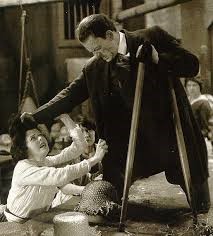
Image 9 – Lon Chaney’s first monster, The Blizzard
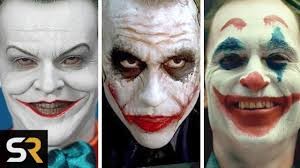
Image 10 – Jack Nicholson, Heath Ledger and Joaquin Phoenix as The Joker (the latter two winning academy awards for their portrayals of the character)
If you are interested you can see all three versions of the Joker I mention above by going to the following links on YouTube.
Warning! Some of these excerpts are disturbing
So, by early 1929, Carl Laemmle is in serious trouble. He has lost Irving Thalberg, his genius Head of Production. He has lost his greatest star, Lon Chaney. He has bet a huge sum of money on the success of his third human tragedy film, The Man Who Laughs, only to see it fail and lose money. In addition to that the studio had to spend a great deal of money to switch over to sound. What else could go wrong? Plenty!
For your homework, you are going to read about the event that almost destroyed not just Universal studios, but Hollywood itself.